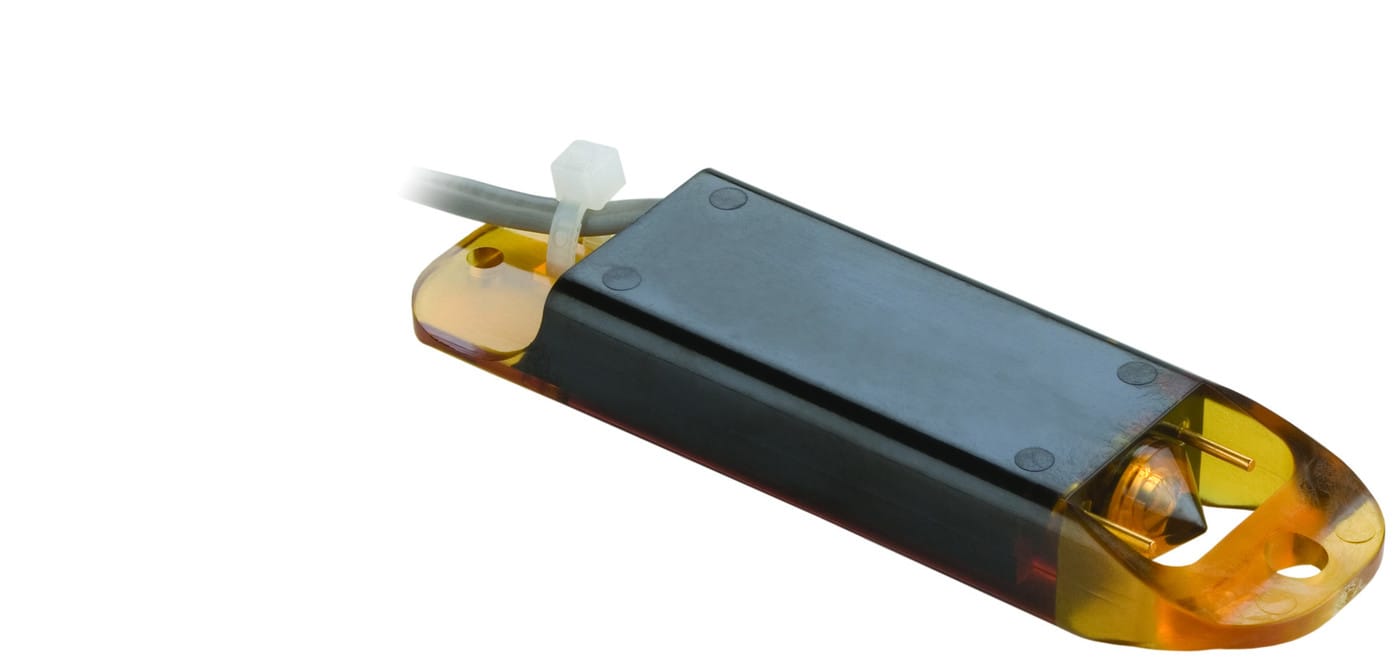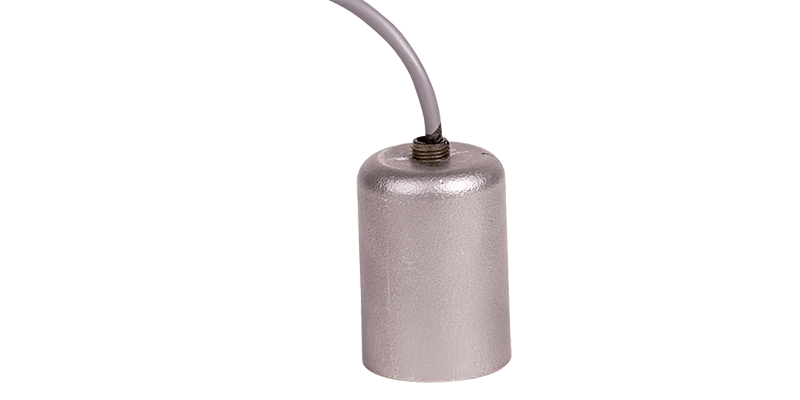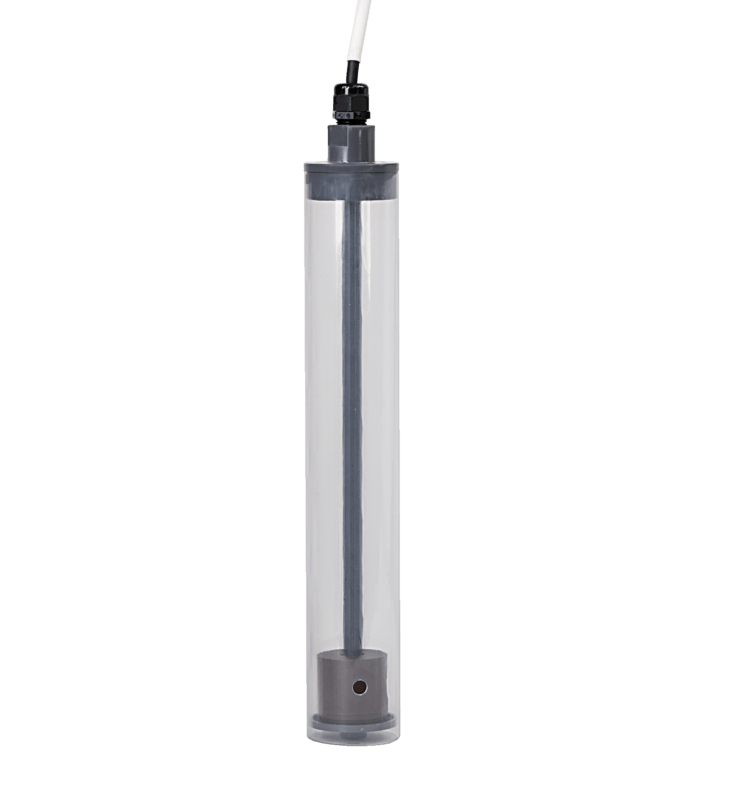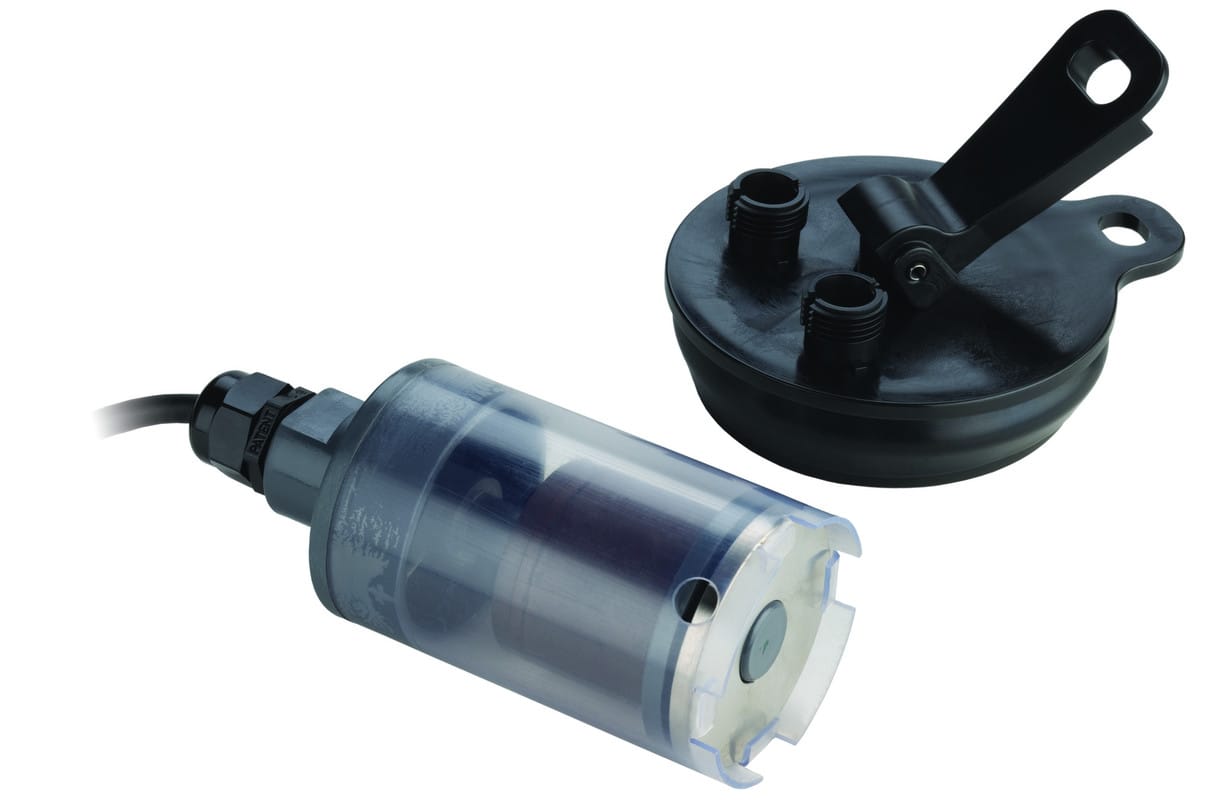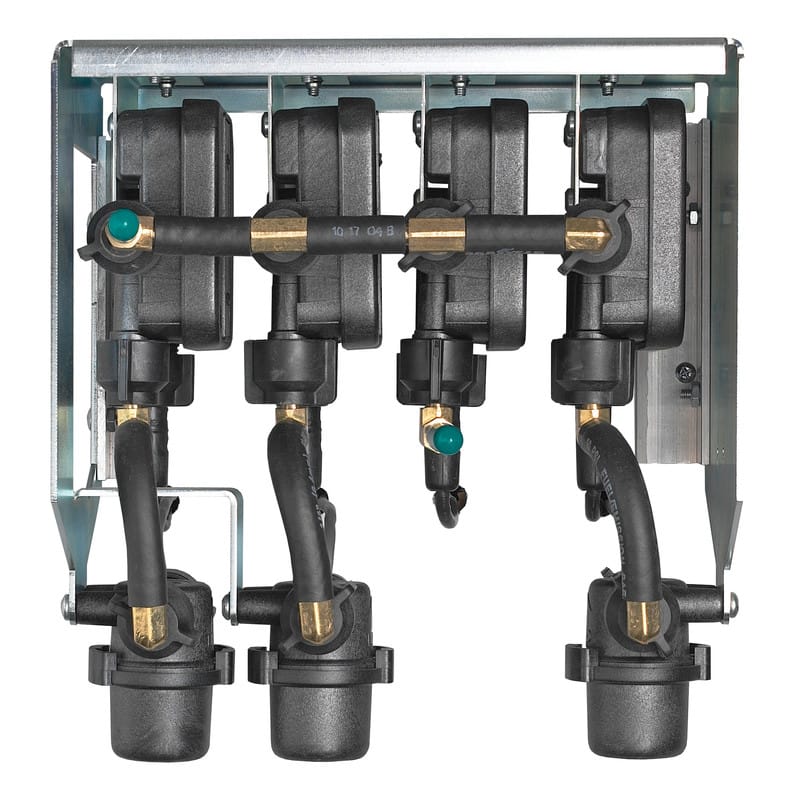Non-Discriminating Interstitial Sensor for Double-Wall Fiberglass Tanks
The Non-Discriminating Interstitial Sensor for double-wall fiberglass tanks detects the presence of liquid in the interstitial space of the tank.
Learn MoreSolid-State Discriminating Interstitial Sensor for Fiberglass Tanks
The Discriminating Interstitial Sensor for double-wall fiberglass tanks uses solid-state liquid level sensing technology to detect liquid in the interstitial space of the tank.
Learn MoreSolid-State Alternative Ethanol Fluid Interstitial Sensor
The interstitial sensor for double-wall fiberglass tanks with high alcohol product uses solid-state liquid level sensing technology to detect liquid in the interstitial space of the tank.
Learn MoreInterstitial Sensor for Steel Tanks
The Interstitial Sensor for steel tanks is non-discriminating and detects the presence of liquid between the double walls of the tank.
Learn MoreInterstitial High Alcohol Sensor for Steel Tanks
The Interstitial Sensor for steel tanks with high alcohol product detects the presence of liquid between the double walls of the tank.
Learn MoreNon-Discriminating Interstitial MicroSensor for Steel Tanks
The non-discriminating small, easy to install solid-state MicroSensor is designed detect liquid in the interstitial space of a steel tank or a fill riser containment.
Learn MorePosition Sensitive Interstitial Sensor for Steel Tank
The Position Sensitive Interstitial Sensor detects the presence of liquid in small containment areas of double wall steel tanks.
Learn MoreSingle-Point Mini-Hydrostatic Sensor
The Single-Point Mini-Hydrostatic sensor accurately detects fluid level change in the interstice reservoir of a double-wall sump.
Learn MoreDual-Point Hydrostatic Reservoir Sensor
The Dual-Point Hydrostatic Reservoir Sensor is ideal for high groundwater areas, and can differentiate between a high level alarm condition and a low level alarm condition.
Learn MoreSingle-Point Hydrostatic Reservoir Sensor
With the Single-Point Hydrostatic Reservoir Sensor, if either an inner or outer leak occurs, the brine level decreases and a low-level alarm is triggered.
Learn MoreSecondary Containment Vacuum Sensor
The Veeder-Root Secondary Containment Sensing System was designed to meet several regulatory requirements that require a vacuum on secondary containment system.
Learn More


